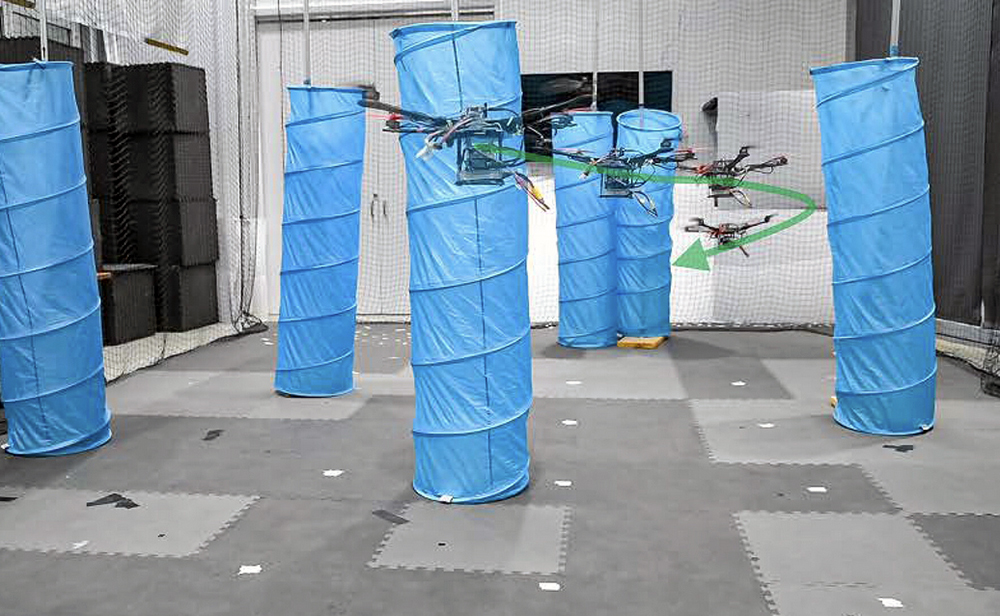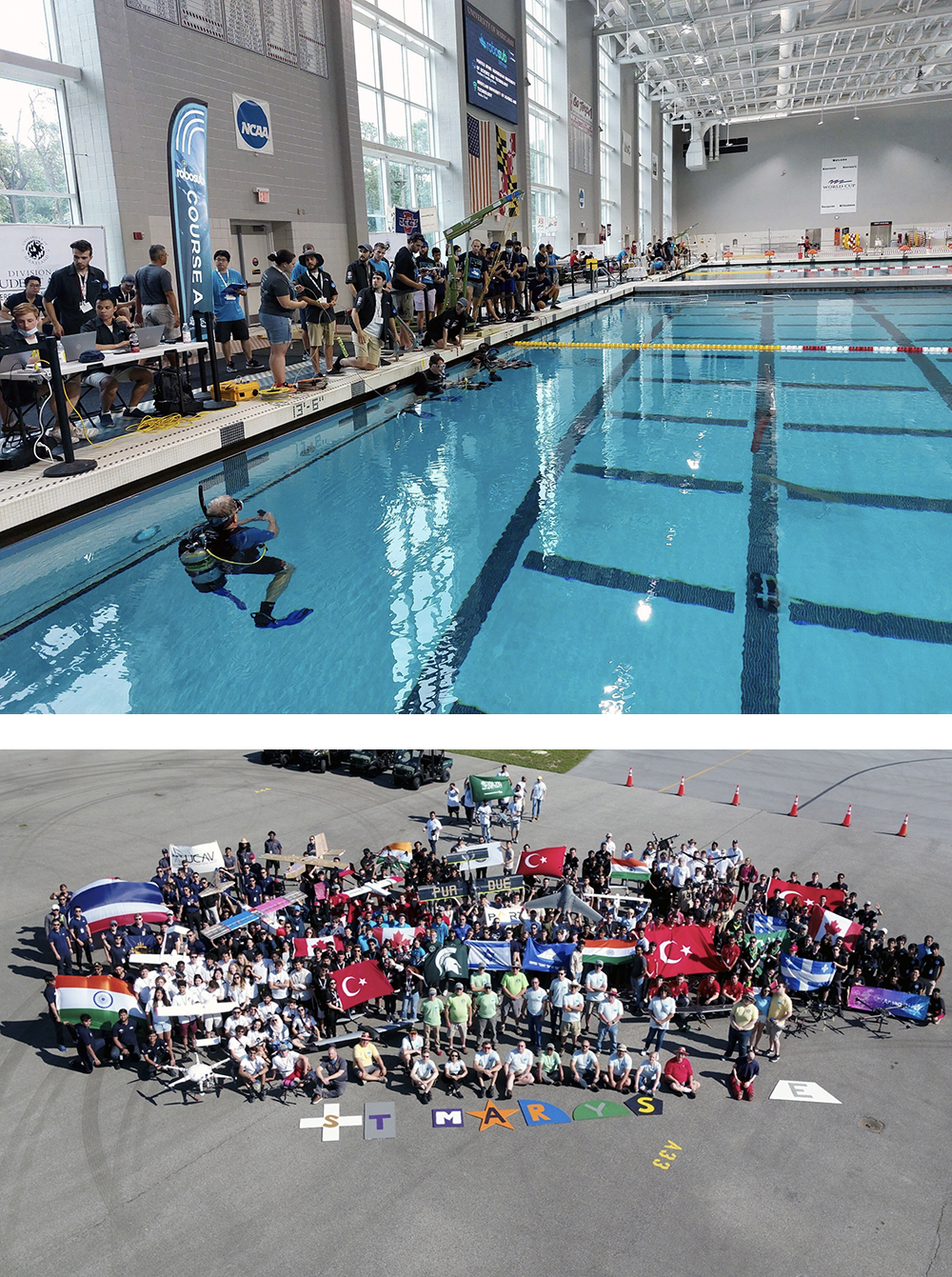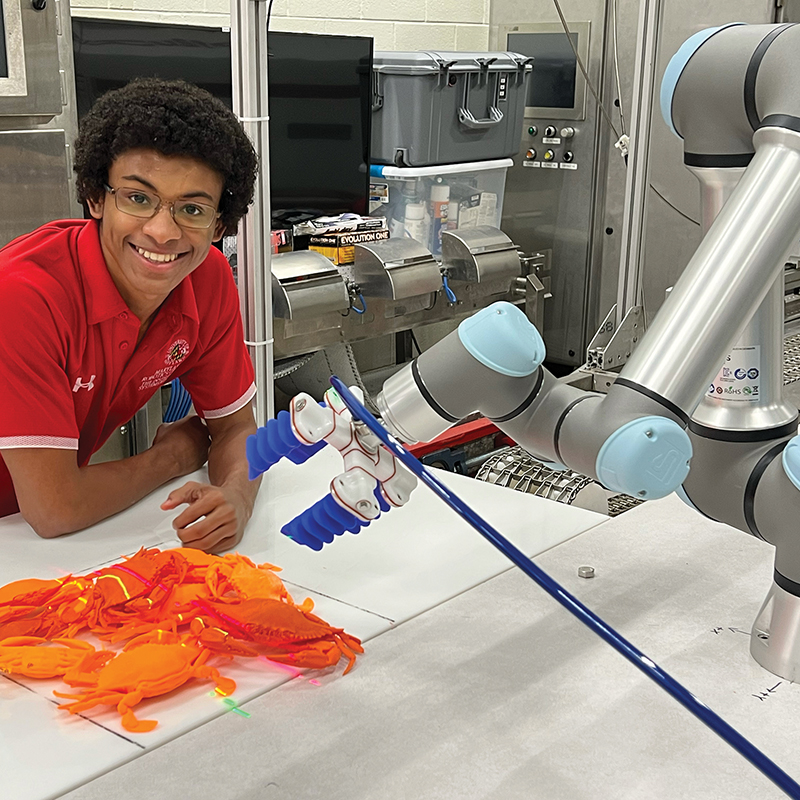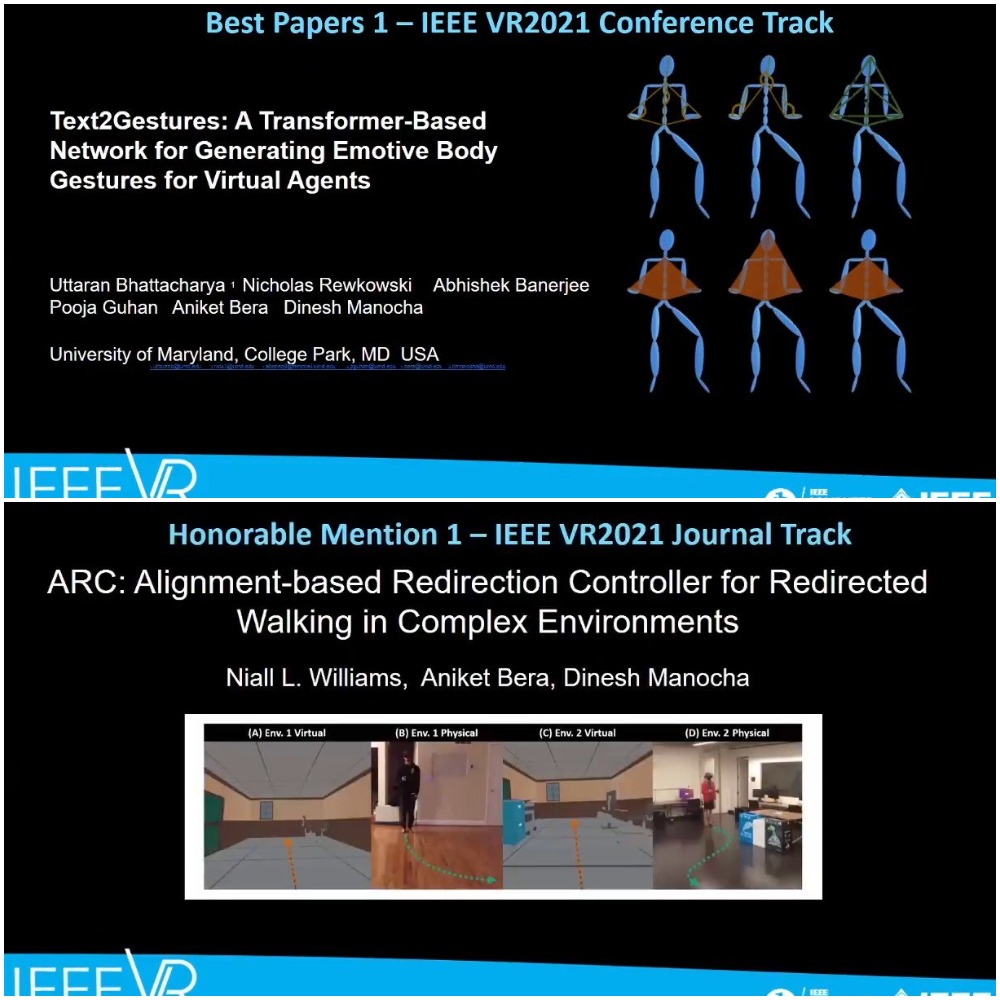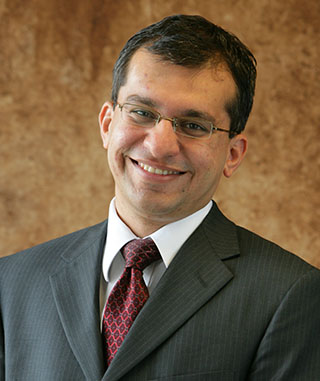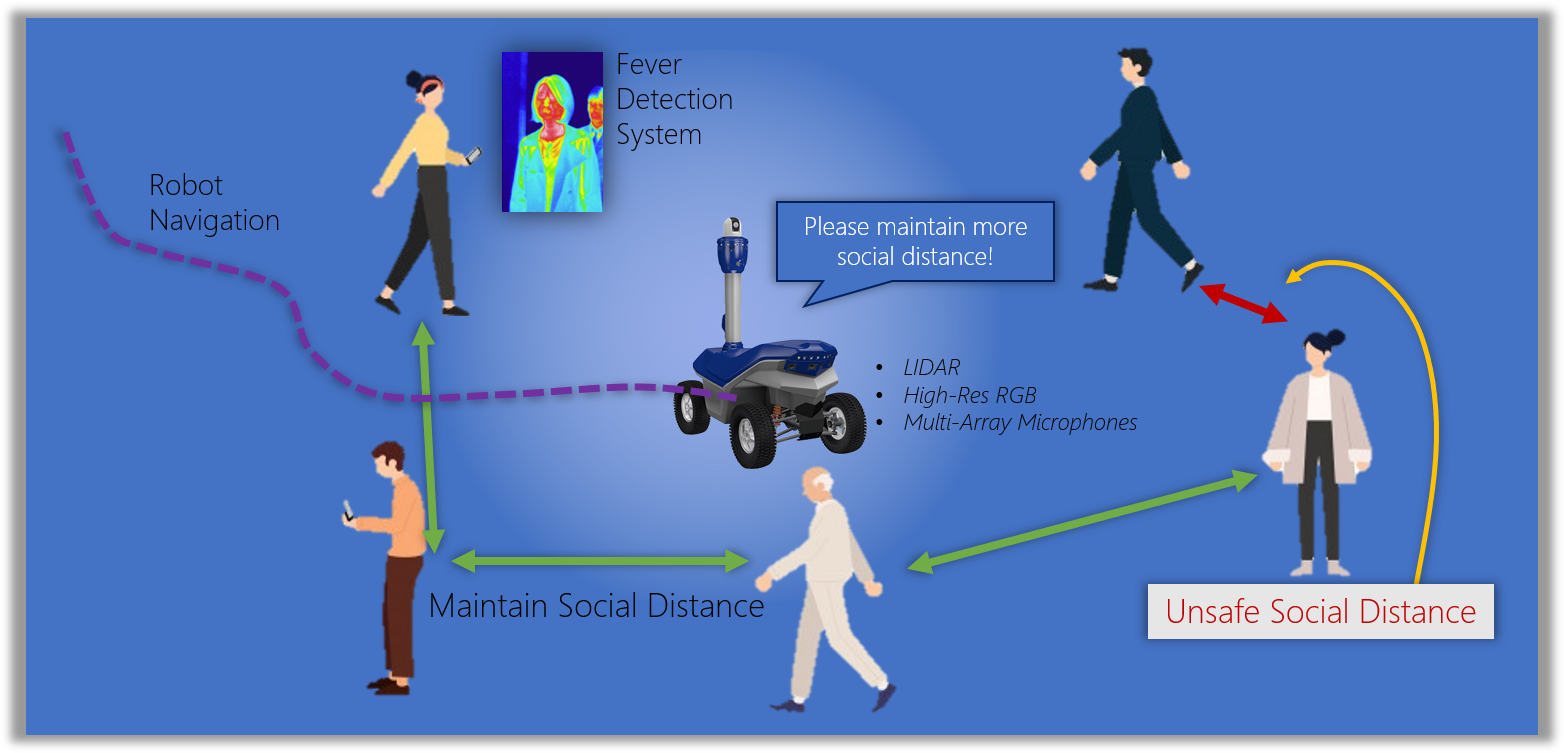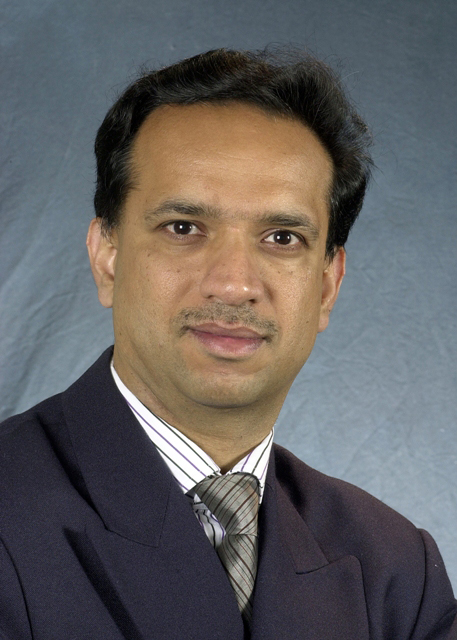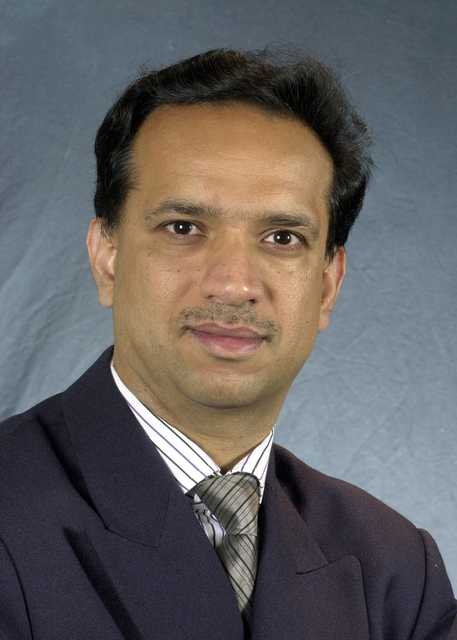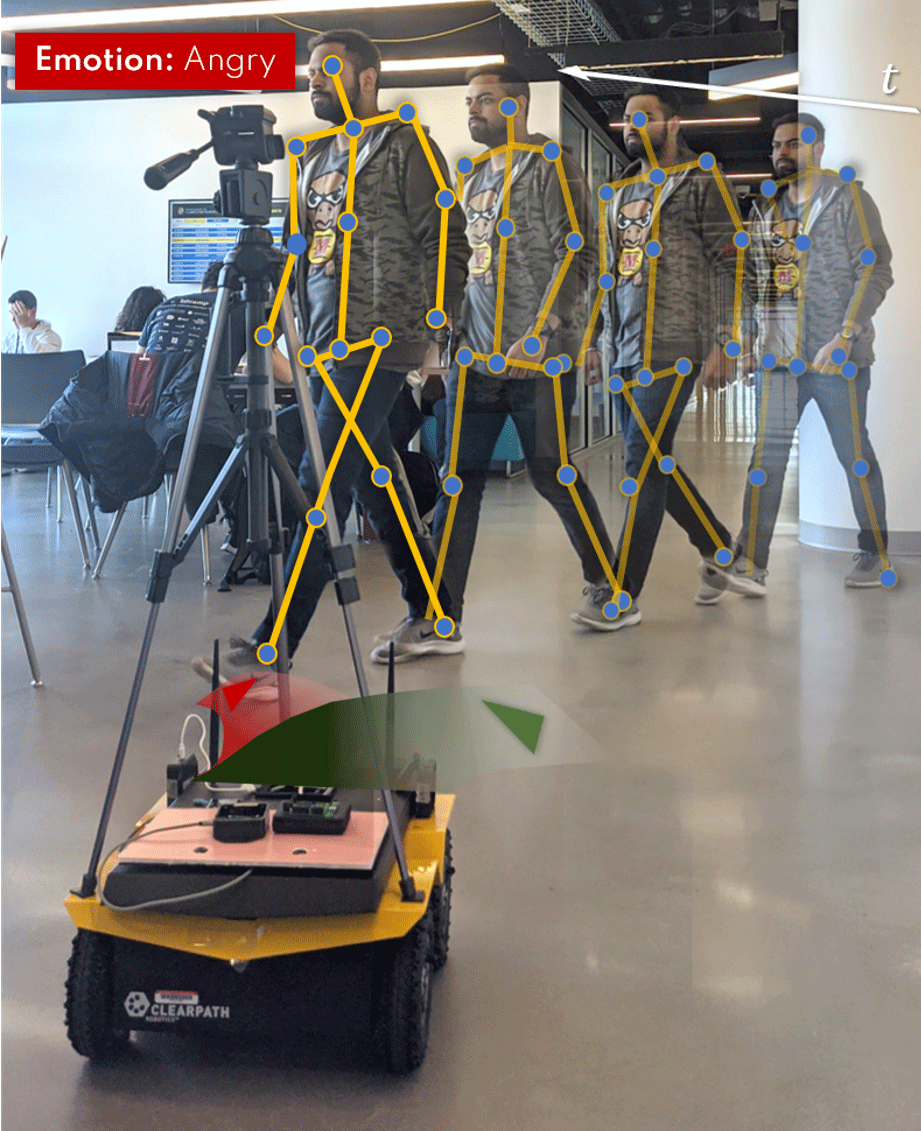News Story
Tokekar Using Robots to Collect Important Data
It’s not just science fiction anymore: robots are increasingly integrating themselves into our everyday lives, doing everything from the mundane to the miraculous.
Whether it’s assembling automobiles, flipping a burger, assisting with a complex surgical procedure, or conducting a dangerous reconnaissance mission, robots in all shapes and sizes are now being used for tasks formerly undertaken only by humans.
Pratap Tokekar, an assistant professor of computer science, is working in an area of robotics research that he identifies as “3D problems”—robots doing jobs that can be dull, dirty and dangerous.
“I’m generally interested in scenarios where robots are mobile sensors and are collecting scientific data in support of high-impact application domains,” says Tokekar, who came to the University of Maryland from Virginia Tech in Fall 2019.
Tokekar—who has an appointment in the University of Maryland Institute for Advanced Computer Studies (UMIACS)—mostly employs unmanned aerial vehicles (UAVs) for his research, but also uses ground robots and robotic boats for certain projects.
Tokekar's recent work has focused on three applications domains: environmental monitoring, precision agriculture and infrastructure inspection.
“In all three cases, we’re interested in how a team of robots can cooperate with each other—and, perhaps, cooperate with other humans—to collect the most interesting data that can then be useful for the stakeholders,” he says.
Tokekar and his team of graduate students, all of whom transferred from Virginia Tech, have been working in precision agriculture, approaching agricultural tasks in a data-driven fashion.
For example, Tokekar says, if you know exactly what is happening on your farm, you can target fertilizer application, irrigation, pesticide application, and more. But this requires accurate, real-time data that can't be gathered by a farmer driving around in a pickup truck checking out the landscape.
Instead, Tokekar's group has been exploring the use of aerial and ground robots equipped with a variety of sensors—monitoring everything from temperature to ground moisture—to go traverse the farm and actively collect data.
Tokekar says that UMIACS is the perfect place to further his research because some of his larger projects require collaboration with experts in biology, life sciences, agriculture, civil engineering and economics.
Having access to the University of Maryland Center for Machine Learning, part of UMIACS, is also valuable to his work, he adds.
The center’s expertise in machine learning and artificial intelligence—coupled with other faculty in UMIACS focused on computer vision—will be of great benefit, Tokekar says.
“If our main theme is in using robots as sensors, we expect to get a lot of data,” he explains. “But we’ll also need expertise in machine learning to help us make inferences from that data.”
Tokekar is looking forward to utilizing a new high-bay robotics lab on the ground floor of the Brendan Iribe Center for Computer Science and Engineering for small-scale UAV flight testing.
He is in the process of building out his own lab on the third floor of the Iribe Center, and also plans to take advantage of the university’s Fearless Flight Facility, located in the Discovery District of College Park, which can be used for testing unmanned aircraft systems on a larger scale.
Deeksha Dixit, a second-year master’s student in computer science, has been working with Tokekar for the past year and calls him a “great adviser and amazing guide.”
Dixit says the best thing about working with Tokekar is that he provides the perfect balance of guidance and autonomy. “He allows me to tackle the problems in the way I want to, but at the same time points me in the right direction,” she says.
Dr. Pratap Tokekar is a member of the Maryland Robotics Center.
Thanks to Melissa Brachfeld from the University of Maryland Institute for Advanced Computer Studies (UMIACS) for this story. This story was initially published on the UMIACS website on October 14, 2019.
Published November 7, 2019
